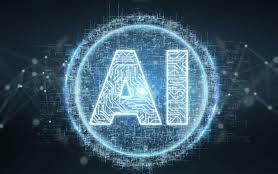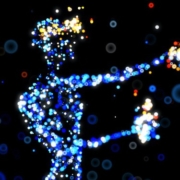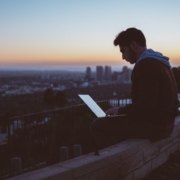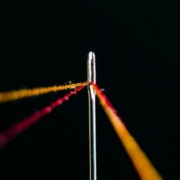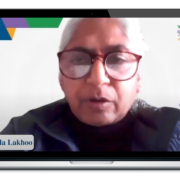Imagine a room with a wall of screens displaying closed-circuit video feeds from dozens of cameras, like a security office in a film. In the movies, there is often a guard responsible for keeping an eye on the screens that inevitably falls asleep, allowing something bad to happen. Although intuition and other distinctly “people skills” are useful in security, most would agree that the human attention span isn’t well-suited for always-on, 24/7 video monitoring. Of course, footage can always be reviewed after something happens, but it’s easy to see the security value of detecting something out of the ordinary as it unfolds.
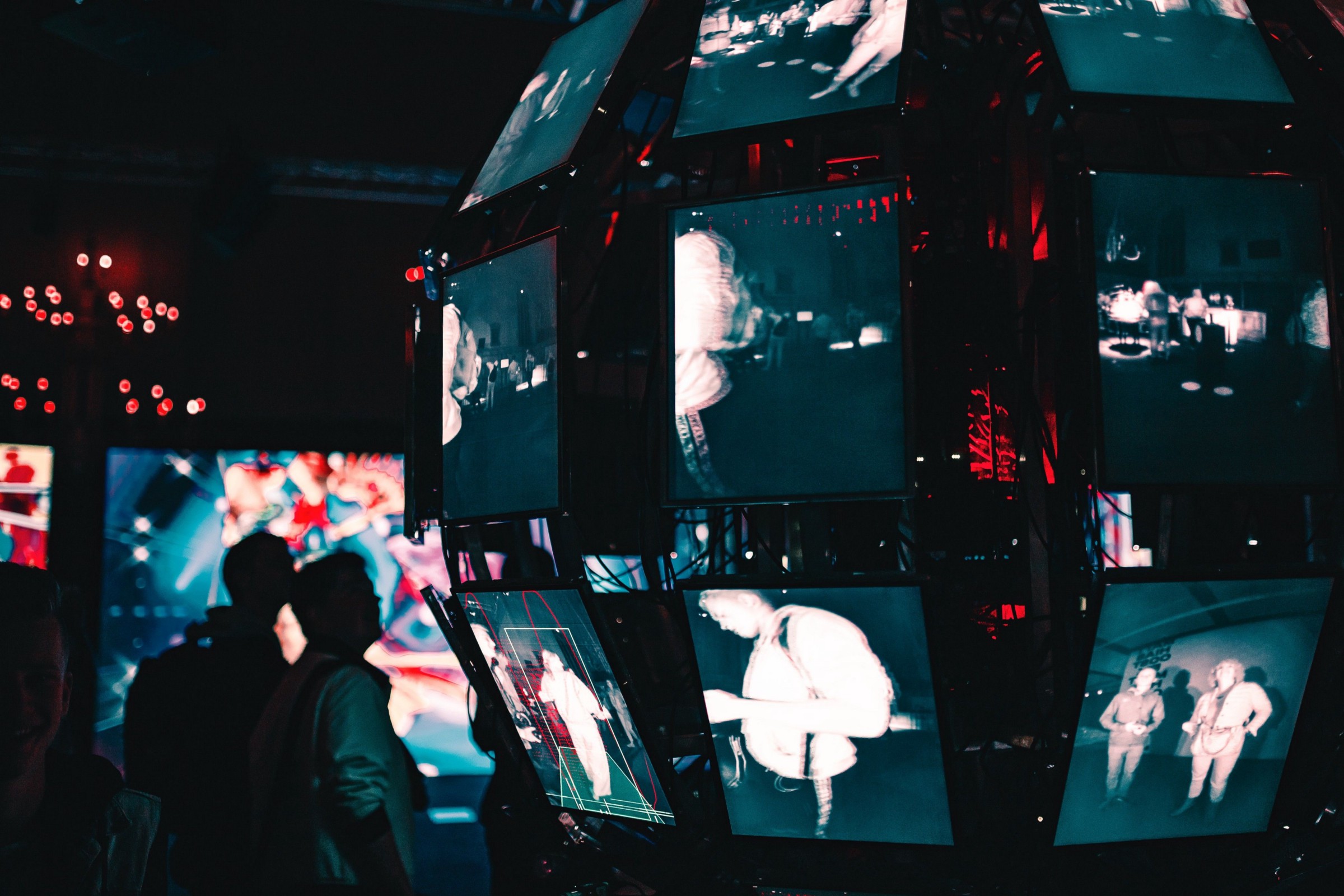
Now imagine a video artificial intelligence (AI) application capable of processing thousands of camera feeds in real-time. The AI constantly compares new footage to historical footage, then classifies anomalous events by their threat level. Humans are still involved, both to manage the system as well as review and respond to potential threats, but AI takes over where we fall short. This isn’t a hypothetical situation: from smart police drones to intelligent doorbells sold by Amazon and Google, AI-powered surveillance solutions are becoming increasingly sophisticated, affordable, and ubiquitous.
